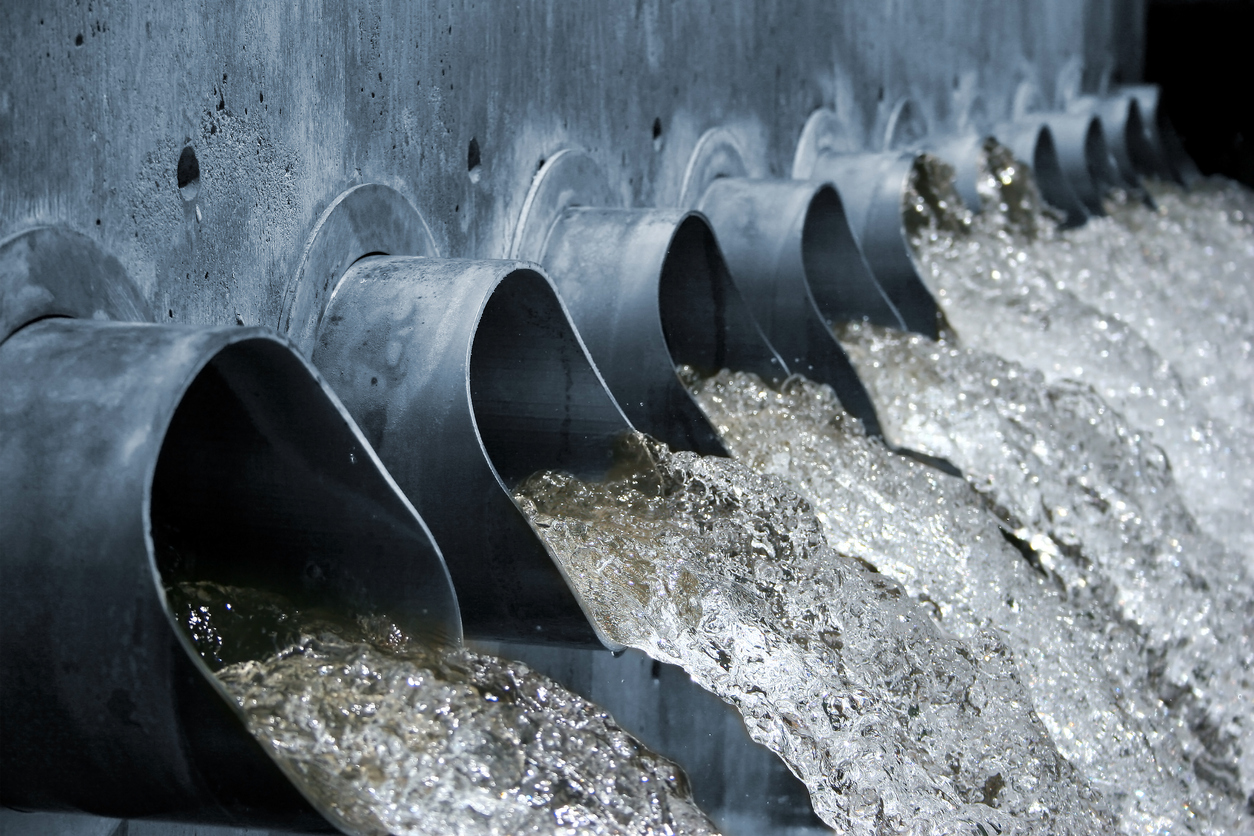
You’re an insurance agent, not an expert in environmental engineering. However, if selling water treatment insurance is part of your sales repertoire, doing your homework will allow you to talk shop with your clients. For example, making an effort to understand how water gets from the ground into people’s faucets might go a long way toward better understanding the risks these companies face. Here are six basic steps of the water treatment plant process to get you started.
1. Collection
The first step is to obtain a sufficient volume of untreated water. The source of this raw material varies depending on the location of the business. For example, most cities in Florida obtain water from an underground aquifer, whereas municipalities farther north may draw from lakes, rivers, or reservoirs. As the treatment facility receives the water, it filters out large materials such as branches and leaves.
2. Pre-Sedimentation
If the filtered water is cloudy, pipes divert it to pre-sedimentation basins. Spending time here allows organic materials, sand, and silt to sink to the bottom. Hopper bottoms and continuous mechanical sludge removal devices are additions to the basins that speed up the process. The main goal of this step is a decrease in turbidity, which is the technical term to describe water’s cloudiness.
3. Coagulation
Even if the water appears relatively clear and free from large pieces of organic material, looking at a drop under a microscope would probably reveal a world of floating particles and microorganisms. To remove the tiny floaters and swimmers, technicians add chemicals such as aluminum and iron compounds that make them coagulate into small clumps.
4. Flocculation
Flocculation is similar to coagulation but with more dramatic results. In this step, turbines or paddles stir the water for 20 to 30 minutes to increase the frequency with which the smaller pieces bump into each other. This slow agitation causes clumped particles to form larger pieces called flocs. Water treatment engineers also begin adjusting the water’s acidity level and taste with additional chemicals during this step.
5. Sedimentation
The flocculated water then rests in a sedimentation basin for 2 to 4 hours. During this time, the flocs gradually sink to the bottom, leaving behind water free from particulate matter. To ensure the sedimentation process removed all impurities, the product flows through a deep layer of sand or anthracite on its way to the final step.
6. Disinfection
The deadliest pathogens in drinking water are invisible to the naked eye. For this reason, the final step is to kill any microorganisms remaining in the otherwise clean drinking water by the addition of disinfectant chemicals. Chlorine is a common substance many plants use, but some also use ozone, chlorine dioxide, or chloramines.
About Watercolor Management
Watercolor Management has insured the water industry for over 30 years. Our policies include unlimited defense cost coverage in the event of a lawsuit against you. Call us at (855) 929-0824 or email info@watercolormanagement.com for a quick quote for your Water Business Professional, Products/Completed operations, Pollution and General Liability Insurance.




